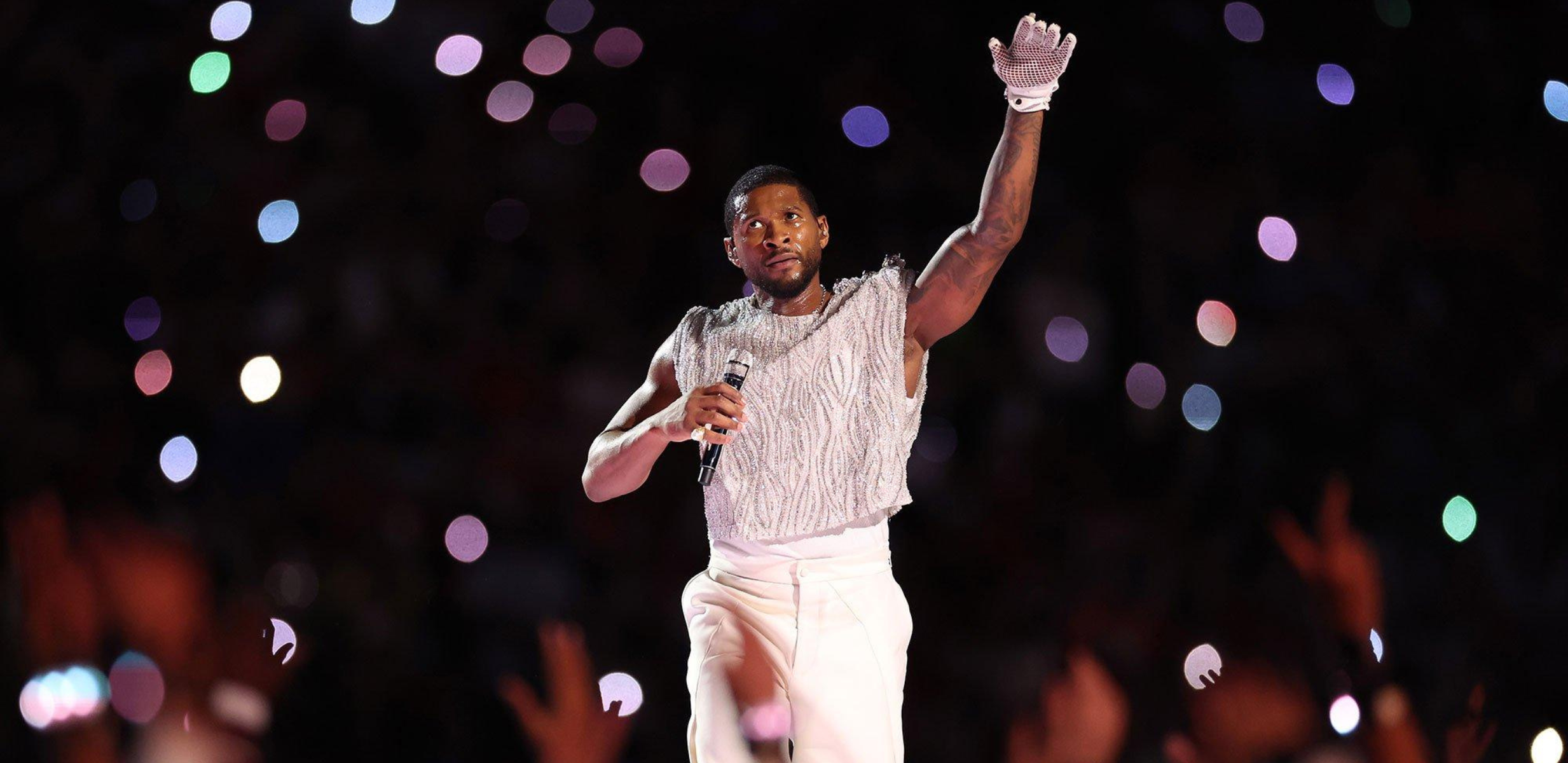
LAS VEGAS – Super Bowl LVIII wasn’t just another game day in Las Vegas. It marked a seismic moment for luxury branding, digital storytelling, and the fusion of celebrity power with product placement. The Allegiant Stadium, a US$1.9 billion marvel, played host to the Kansas City Chiefs as they pushed to cement their legacy, not just on the field, but in the cultural and commercial arena that surrounds the NFL’s biggest stage.
This wasn't your average gridiron showdown. It was a marketing blitz in the city of neon dreams. February 11, 2024, merged sports, advertising, and the Vegas strip into a spectacle of epic proportions.
CBS nearly sold out their in-game spots at a steep $7 million for 30 seconds. Several regulars opted out, signaling a shift in strategy:
For luxury marketers, this was more than a game; it's was a showcase. The blend of high-budget ads and the glamour of Vegas sets a new playground for luxury narratives. It's about crafting stories that resonate not just with the wealthy but with aspirational audiences worldwide. The absence of regulars like Avocados from Mexico and GM signals a shift in strategy, nudging luxury brands to rethink their approach, blending exclusivity with broad appeal.
Usher’s 13-minute halftime show, building on a brief 2011 appearance with will.i.am, coincided with the release of his ninth studio album Coming Home. It wasn’t just a performance—it was a brand moment. With choreographed finesse and a full-circle career narrative, Usher reinforced music's power to drive emotional resonance at scale.
It might come as a surprise to many, but the NFL doesn't pay artists for performing at the Super Bowl halftime show. This policy applied to Rihanna as well. However, what the NFL does offer is coverage for all production and logistical expenses. This includes the costs associated with the performance itself, as well as travel and accommodation expenses for the performer, their band, management team, technical crew, security, and even family and friends.
In Rihanna's case, while she wasn’t paid a fee for her appearance, she leveraged this massive platform in a highly strategic and intelligent way. Understanding the vast audience the Super Bowl commands, she used her halftime performance as an opportunity to showcase her makeup line, Fenty Beauty. This move was more than just a performance; it was a calculated marketing strategy - a masterstroke of influencer marketing for Fenty Beauty.
This wasn't just a performance; it was a live ad spot reaching millions, skyrocketing Fenty Beauty’s EMV and setting a new standard for influencer marketing. It’s a playbook for luxury brands to emulate, using star power and deliberate placements to create frenzy.
The Super Bowl, being one of the most-watched events in the world, offered her an unparalleled level of exposure. By integrating Fenty Beauty into her performance, Rihanna effectively turned her halftime show into a live advertisement, reaching millions of viewers without the need for a traditional commercial slot. This not only boosted the visibility of her brand but also likely contributed significantly to its sales and overall brand value.
In essence, Rihanna’s decision not to receive a direct payment for the halftime show was a savvy business move. It demonstrates a deep understanding of the value of exposure over immediate monetary gain, particularly in an era where brand visibility can translate into substantial long-term financial success.
Super Bowl LVIII in Vegas isn't just another game day; it's the Colosseum for modern-day ad gladiators. From high-budget commercials to strategic absences and influencer marketing masterclasses, it’s the ultimate test of creativity, strategy, and brand power.
So, get your game faces on; this is where legends are made.